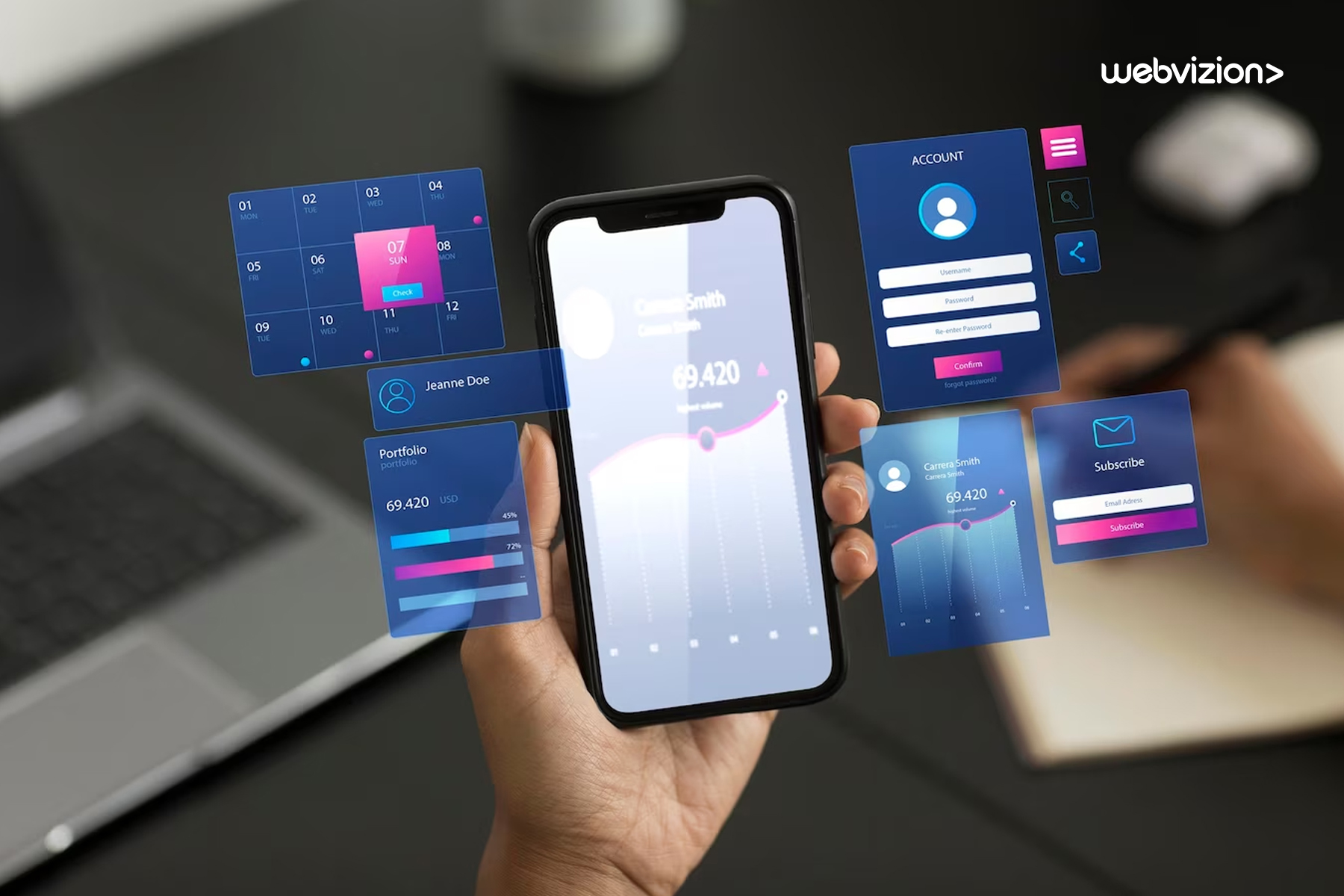
In today’s digital age, a mobile app can be a game-changer for businesses, offering enhanced customer engagement, increased accessibility, and new revenue streams. Here’s a detailed roadmap to create a mobile app tailored to your business needs.
1. Define Your App’s Purpose and Objectives
Start by outlining the primary goal of your mobile app. Is it to boost sales, improve customer service, streamline operations, or enhance brand visibility? Defining clear objectives will guide the development process.
2. Research and Understand Your Audience
Gain insights into your target audience’s preferences, behaviors, and pain points. Understanding their needs and expectations is crucial in designing an app that resonates with your audience.
3. Choose the Right Development Approach

Decide between native, hybrid, or web-based app development based on your business requirements, budget, and desired features. Consulting with a reputable mobile app development company can help you choose the most suitable approach.
4. Sketch Out Your App’s Wireframe and Design
Create a blueprint or wireframe of your app’s layout and functionalities. Focus on user-friendly design, intuitive navigation, and a visually appealing interface. This stage sets the foundation for the app’s development.
5. Select App Development Tools and Technologies
Identify the tools, frameworks, and technologies required for mobile application development. Consider factors like platform compatibility, scalability, security features, and ease of maintenance.
6. Coding and Development Process

Hire skilled developers or engage a reliable mobile app development company to bring your app to life. Ensure a systematic approach to coding, testing, and iteration to refine the app’s functionality and performance.
7. Integrate Appropriate Features and Functionalities
Incorporate essential features aligned with your business goals, such as user authentication, payment gateways, social media integration, push notifications, analytics, and any industry-specific functionalities.
8. Prioritize User Experience (UX) and User Interface (UI) Design
Focus on creating an intuitive and seamless user experience. A well-designed UI/UX enhances user engagement and satisfaction, leading to higher retention rates.
9. Test, Test, and Test Again

Thoroughly test your app for functionality, performance, compatibility, and security issues across various devices and platforms. Conduct beta testing with a small user group to gather feedback.
10. Launch and Market Your App
Once the app is ready, launch it on app stores (such as Apple App Store, and Google Play Store). Develop a marketing strategy to promote the app, including app store optimization (ASO), social media campaigns, and outreach to your existing customer base.
11. Monitor, Analyze, and Iterate
After launch, monitor app performance metrics, user feedback, and analytics. Use this data to make informed decisions for app enhancements, updates, and feature additions.
12. Ensure Regular Maintenance and Support

Continue providing updates, bug fixes, and support to ensure the app remains relevant, functional, and aligned with evolving user needs and technological advancements.
Conclusion
Creating a mobile app for your business involves a strategic blend of planning, development, design, testing, and ongoing refinement. Collaborating with a reputable mobile app development company like Webvizion Global can streamline this process and ensure a successful app launch.
At Webvizion Global, a leading mobile app development company, we specialize in creating tailored mobile apps aligned with your business objectives. Contact us today to discuss how our expertise can help transform your app idea into a reality!




